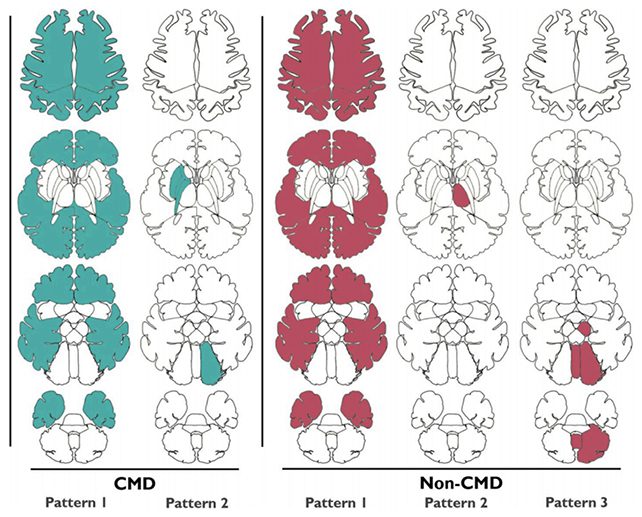Entering a dense and silent forest. Occasionally hearing a rustling in the trees, a whisper of leaves, without being able to identify the source. This is the mystery that surrounds the “hidden” consciousness of coma patients. A silent but palpable presence that has always eluded our understanding.
Today, like a ray of light penetrating the trees, scientists from Columbia University they are starting to unravel this conundrum. And they're showing that, even when the body is silent, the mind could still speak.
Coma, consciousness beyond the visible
Most of us associate a coma with a deep state of unconsciousness: the reality is much more complex. Recent research conducted by a team from the Columbia University in the United States and published in the magazine Brain (I link it to you here) revealed that a significant proportion of comatose patients exhibit signs of hidden consciousness. A condition known as motor cognitive dissociation (CMD).
CMD occurs in about 15-25% of people with brain injuries caused by head trauma, brain hemorrhages or cardiac arrest. In these patients, there is a sort of “gap” between the instructions coming from the brain and the muscles needed to carry out those instructions. But how did scientists discover this elusive condition?
The Bi-Clustering Analysis
Qi Shen, biostatistician of Columbia University, explains: “Using a technique we developed, called bi-clustering analysis, we were able to identify shared brain injury patterns among patients with CMD and compare them to those without CMD.” This analysis allowed us to obtain a clear vision of the differences.

Electroencephalograms (EEGs) have been used to observe brain activity 107 study participants. When asked to perform simple movements, 21 people were identified as having CMD. The results were then integrated with magnetic resonance imaging (MRI) scans and machine learning techniques to identify patterns associated with specific brain regions and activities.
Clinical implications
All comatose patients with CMD had intact brain structures related to understanding commands. This suggests that verbal instructions could actually be heard and understood. However, there were structural gaps in regions related to physical action, explaining the inability to move in response.
Jan Claassen, neurologist of Columbia University that last October began to study these cases starting from that of a woman in a coma, expresses optimism. “Our study shows that it may be possible to search for hidden consciousness using widely available structural brain imaging. We will bring CMD detection closer to general clinical use.”
Break the silence of the coma
The ultimate goal of the research is to have analysis and detection tools available wherever brain injuries are treated. With a greater understanding of the types of brain damage that actually affect consciousness, we can hope for more effective treatments. Above all, we can hope for greater hope for those trapped in coma-like states.
Behind the silence there may be a mind that listens, understands and hopes. And thanks to science we are (slowly but surely) trying to free it.


